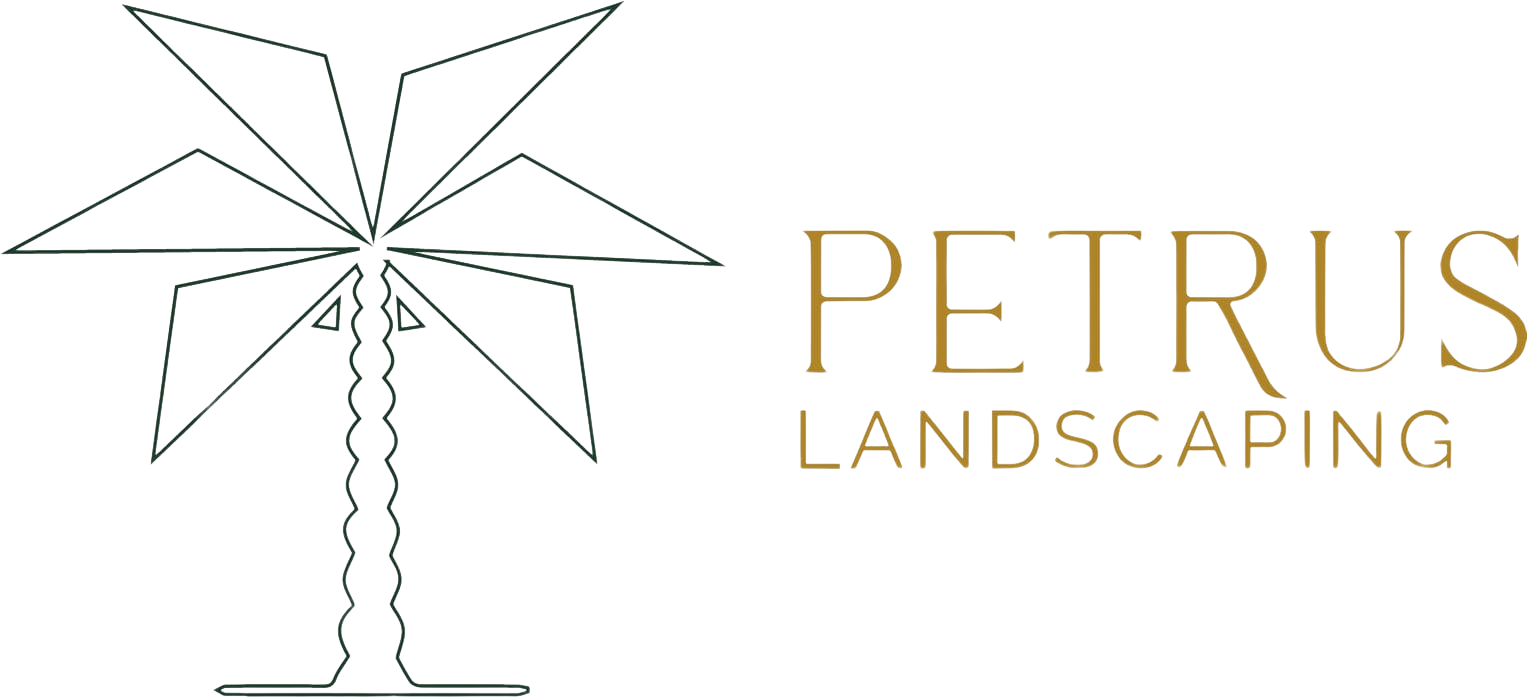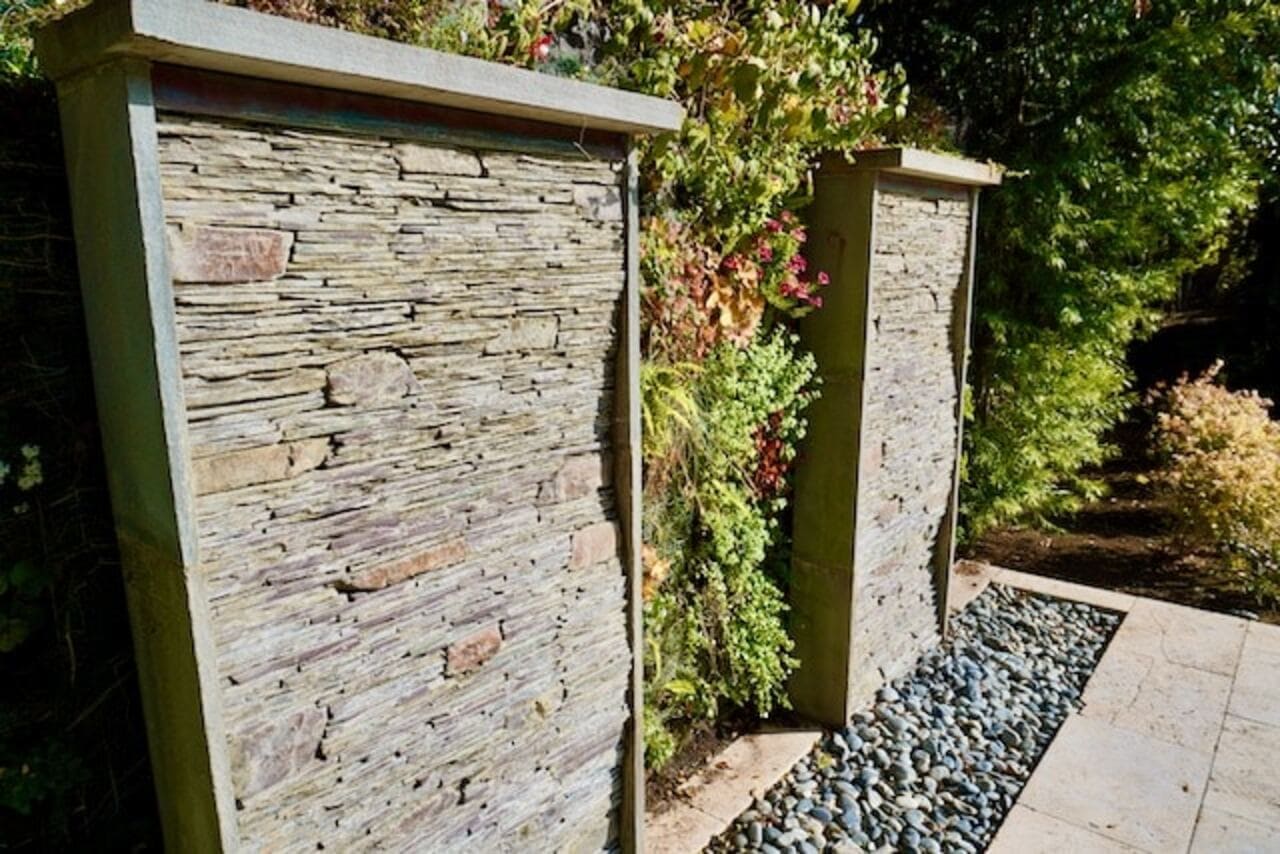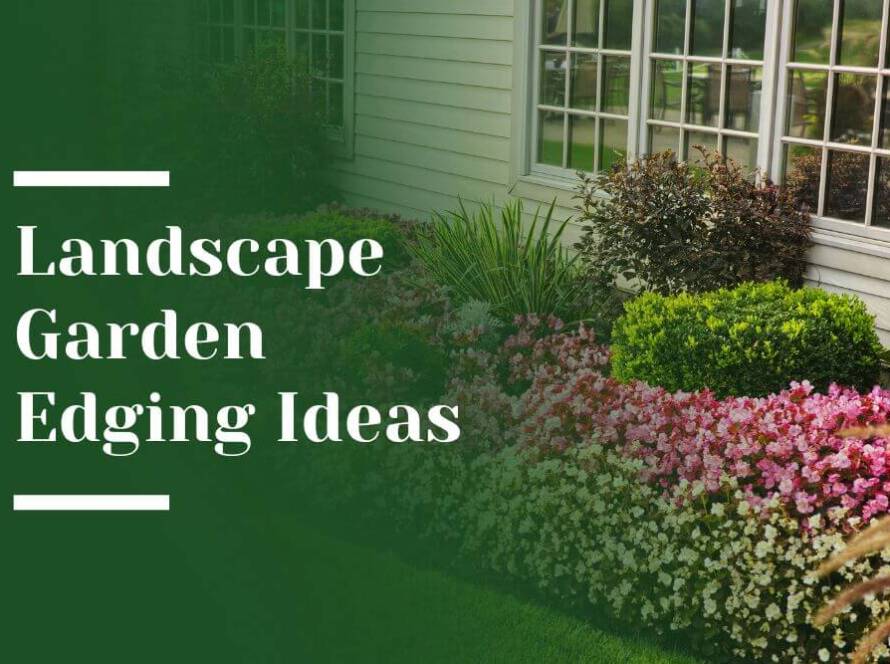In the world of modern landscaping, a captivating concept is emerging—entangled landscapes. These innovative designs are reshaping outdoor spaces, blurring the lines between the wild and the crafted. In this article, we’ll take a journey to understand the essence of entangled landscapes, their transformative impact on our outdoor spaces, and their role in bridging the gap between nature and design.

The Concept of Entangled Landscapes
Entangled landscapes represent a fresh approach to landscaping that envisions outdoor spaces as interconnected ecosystems. Unlike conventional gardens that focus on a controlled and structured aesthetic, entangled landscapes embrace the complexity and diversity found in natural environments. Here, the design philosophy centers on fostering relationships between various elements—plants, soil, wildlife, and human interaction—creating a web of connections that mimic the intricacies of the natural world.

Blurring Boundaries
One of the most striking features of entangled landscapes is their ability to blur the boundaries between what is “natural” and what is “designed.” In these spaces, the transition from cultivated areas to untamed wilderness is seamless. Manicured pathways wind through meadows of native grasses, and sculpted structures appear to emerge organically from the landscape. The effect is a sense of unity and continuity, where the human touch is harmoniously entwined with nature’s hand.

Evolving Design Aesthetics
Entangled landscapes mark a departure from conventional landscaping aesthetics. While traditional designs often prioritize symmetry and control, entangled landscapes celebrate the beauty of imperfection and randomness. This evolving design philosophy places a premium on embracing the wild and unmanicured aspects of outdoor spaces. It’s a shift towards a more relaxed, naturalistic, and organic approach, resulting in landscapes that feel alive and dynamic.

Biophilic Connection
Entangled landscapes share a deep affinity with biophilic design principles. Biophilia, the innate human connection to nature, is at the heart of these designs. By seamlessly integrating natural elements, such as native plants and water features, entangled landscapes offer an immersive experience that nurtures our biophilic instincts. They become places where we can reconnect with the natural world, find solace, and experience moments of harmony.

Eco-Friendly Practices
Sustainability is a guiding principle of entangled landscapes. Many of these landscape design incorporate eco-friendly elements that contribute to the well-being of both the environment and the community. Native plants, which require less water and maintenance, are often featured prominently. Sustainable materials, like reclaimed wood and recycled stone, are used to create structures and pathways. These landscapes become models of conservation, promoting responsible land stewardship.
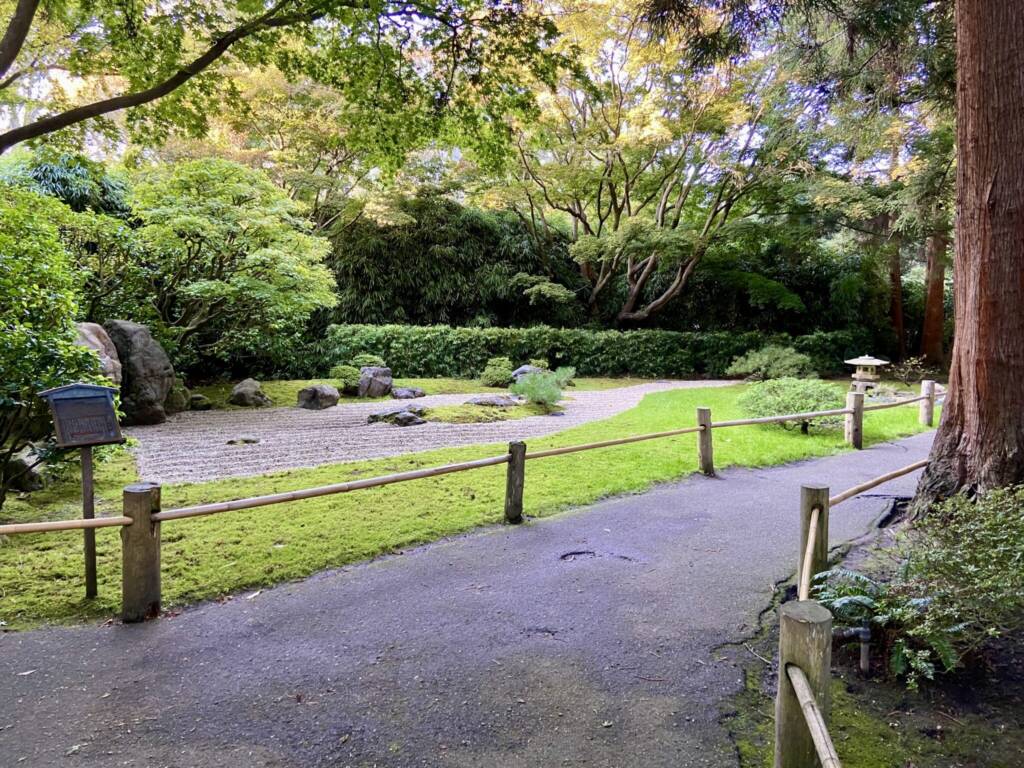
Wellness Benefits
While entangled landscapes offer numerous benefits, their implementation can pose challenges. Maintenance, especially in the initial stages, requires careful management to ensure that the wilder elements do not become overwhelming. Additionally, these designs may not suit every environment or property, and their success often depends on local climate conditions and the commitment of property owners.
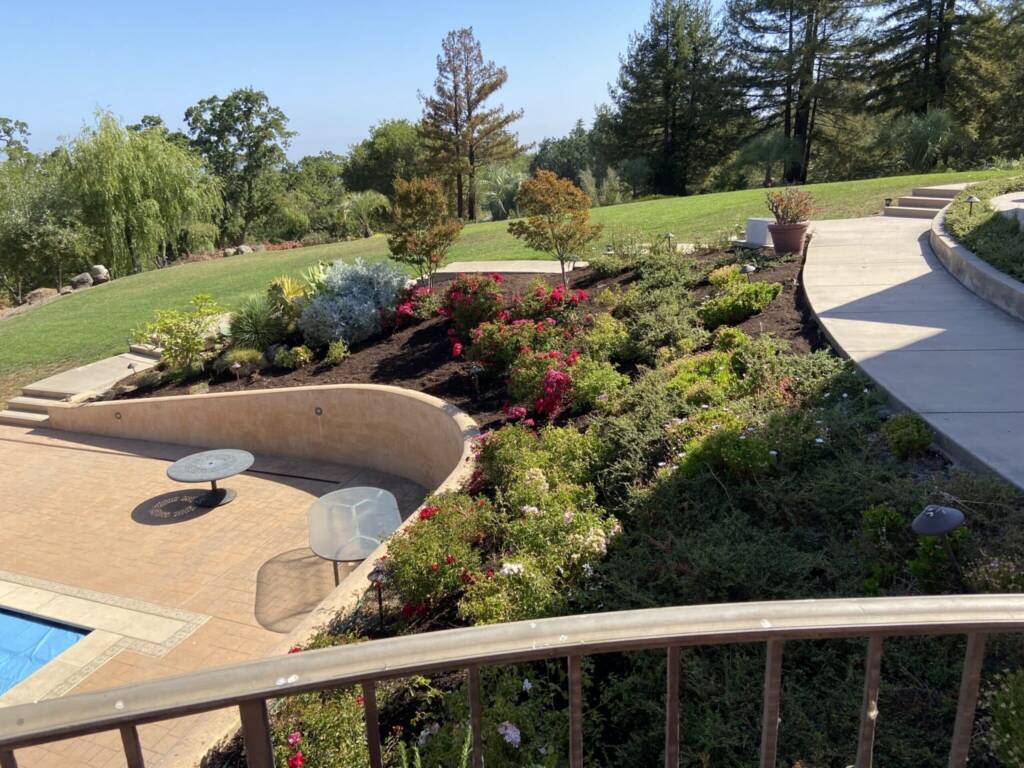
Challenges and Considerations
While entangled landscapes offer numerous benefits, their implementation can pose challenges. Maintenance, especially in the initial stages, requires careful management to ensure that the wilder elements do not become overwhelming. Additionally, these designs may not suit every environment or property, and their success often depends on local climate conditions and the commitment of property owners.
Entangled landscapes are a testament to the transformative power of design in bridging the gap between nature and our built environment. These spaces offer a profound connection to the natural world, provide wellness benefits, and demonstrate our capacity to create landscapes that are both beautiful and ecologically responsible. As we move forward in our pursuit of sustainable living, entangled landscapes will undoubtedly continue to shape the future of landscaping, bringing us closer to a harmonious coexistence with nature.
